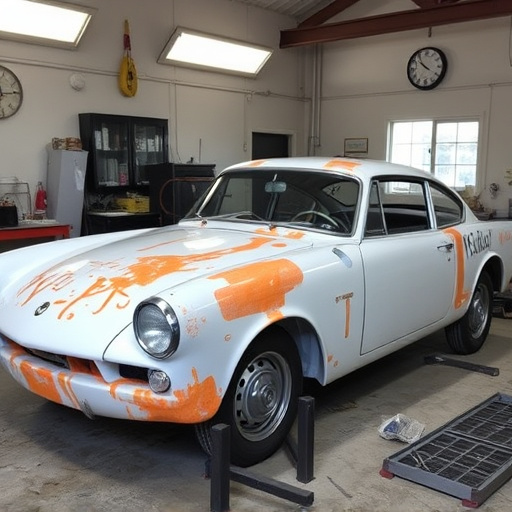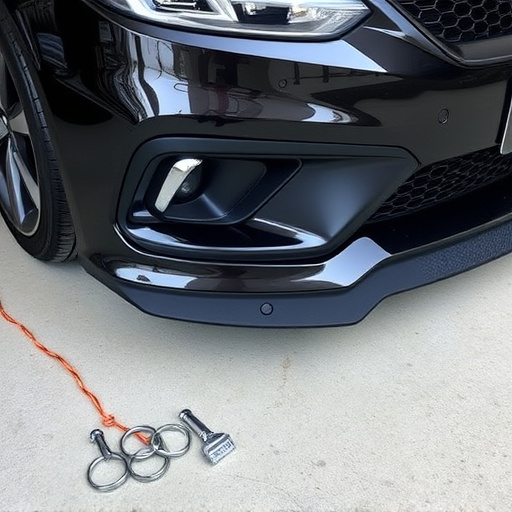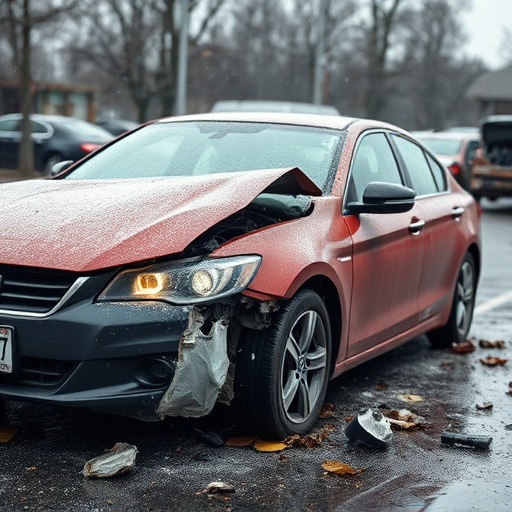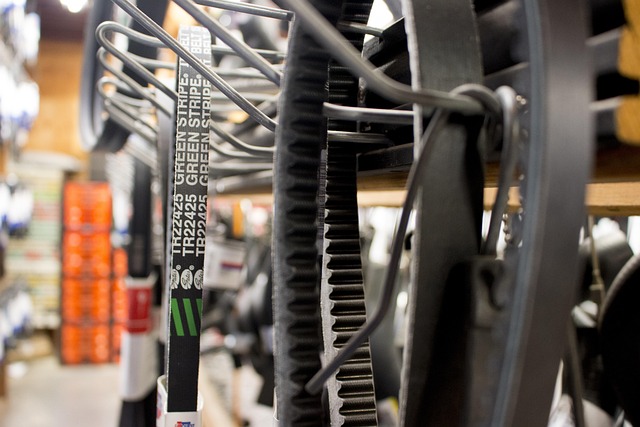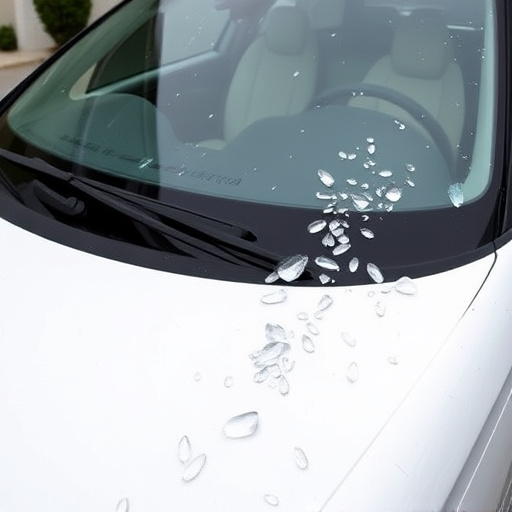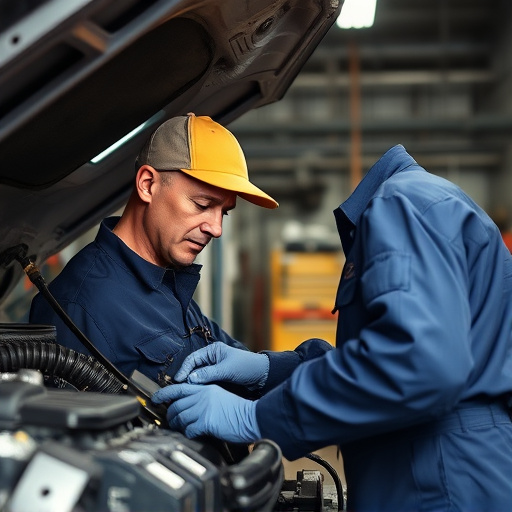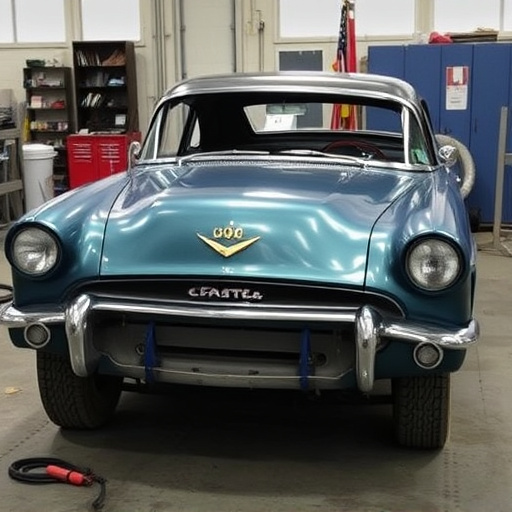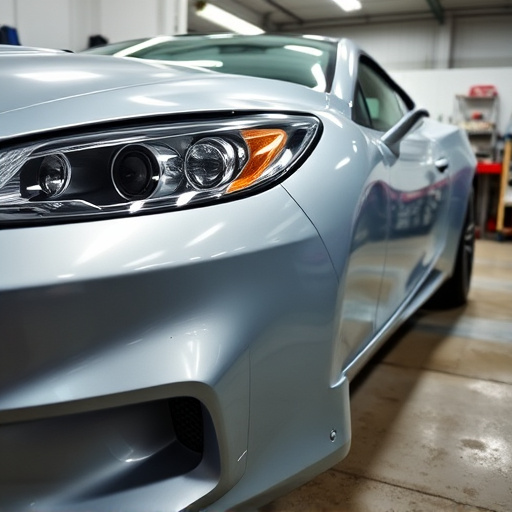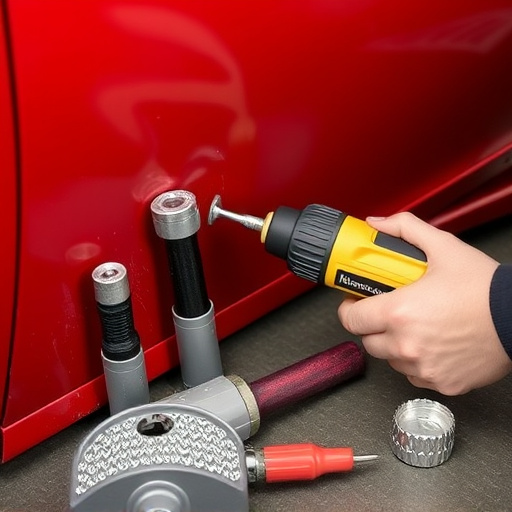Rear bumper sensors, integral to modern ADAS, require regular maintenance and timely rear bumper repair to prevent environmental damage. After accidents, specialized auto body shops offer expert repairs, calibrating sensors for optimal performance and extending safety system lifespans. This meticulous process starts with inspection, replaces faulty parts, addresses wiring, and performs diagnostic checks post-repair, ensuring correct collision avoidance and parking aid functionalities.
A well-maintained rear bumper is not just about aesthetics; it plays a critical role in your vehicle’s safety system. Rear bumper sensors, designed to detect obstacles and assist in braking, are essential components that ensure smooth driving and prevent accidents. This article explores the significance of these sensors and delves into common issues post-accidents or damage. We’ll guide you through the repair process, highlighting steps to restore optimal sensor functionality, emphasizing the importance of a timely rear bumper repair.
- Understanding Rear Bumper Sensors: Their Role and Importance
- Common Sensor Issues After Accidents or Damage
- The Repair Process: Restoring Optimal Sensor Functionality
Understanding Rear Bumper Sensors: Their Role and Importance
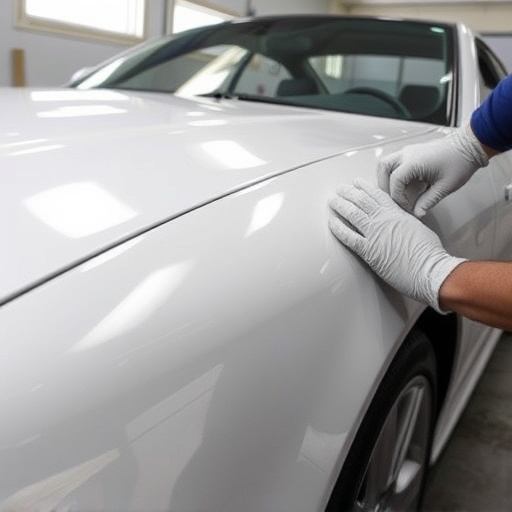
Rear bumper sensors are a critical component of modern vehicles, designed to enhance safety and driving experience. These sensors play a vital role in various advanced driver-assistance systems (ADAS) such as automatic emergency braking, lane departure warning, and adaptive cruise control. They continuously monitor the surroundings behind the vehicle, detecting obstacles like other cars, pedestrians, or barriers. This real-time data enables the car’s computer to make split-second decisions, ensuring the safety of passengers and others on the road.
Regular maintenance and timely rear bumper repair are essential to keep these sensors functioning optimally. Over time, environmental factors like road debris, impact from collisions, or natural wear can damage the sensors, affecting their accuracy. An auto body shop specializing in automotive repair services offers expert repairs, ensuring the sensors are calibrated correctly and restored to their peak performance. Timely attention to sensor functionality not only contributes to better safety measures but also extends the overall life of a vehicle’s active safety features.
Common Sensor Issues After Accidents or Damage

After accidents or damage to a vehicle, especially involving a rear-end collision, various sensor issues can arise, requiring prompt attention during a rear bumper repair. These sensors play a critical role in modern cars, ensuring safety and efficient driving dynamics. Common problems include malfunctioning impact sensors, which are vital for airbag deployment systems, and misaligned or damaged radar sensors crucial for adaptive cruise control and collision avoidance.
In car bodywork repair or dent repair scenarios, it’s essential to address these sensor issues alongside the visible cosmetic repairs. Neglecting sensor functionality can lead to incorrect system responses during critical driving conditions, compromising both safety and vehicle performance. Therefore, a comprehensive rear bumper repair should encompass thorough testing and calibration of all related sensors as part of autobody repairs to ensure optimal system operation.
The Repair Process: Restoring Optimal Sensor Functionality
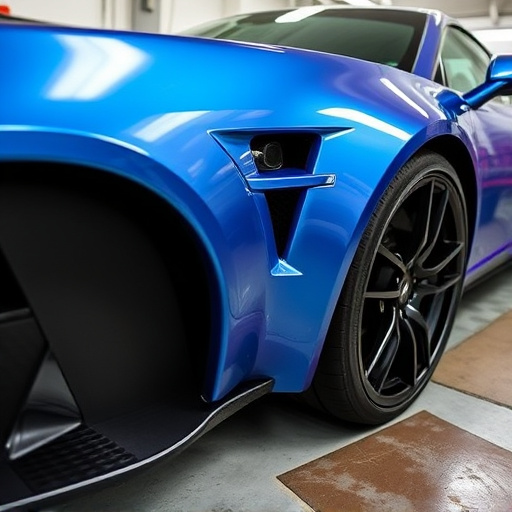
The rear bumper repair process is a meticulous one, designed to restore optimal sensor functionality. It begins with a thorough inspection to identify any damaged or malfunctioning sensors. These sensors play a vital role in modern vehicles, from collision avoidance systems to parking aids. Once identified, the faulty components are replaced with new, compatible parts, ensuring precise and reliable performance.
Skilled technicians utilize specialized tools and techniques for rear bumper repair, addressing not just the sensors but also any associated wiring or connectors that may have been affected. This comprehensive approach guarantees that the vehicle’s safety features function correctly, enhancing both driving experience and road safety. Following repair, vehicles often undergo diagnostic checks to confirm the successful restoration of tire services, dent repair, and overall auto body services.
Rear bumper repair is more than just aesthetics; it’s about ensuring proper sensor functionality, enhancing safety, and preventing future issues. By understanding the role of these sensors and addressing common problems effectively, you can maintain a well-functioning vehicle. The repair process involves meticulous work to restore optimal performance, making it a crucial step in keeping your vehicle safe on the road. For all things related to rear bumper repair, prioritize professional attention to get back on track with peace of mind.
